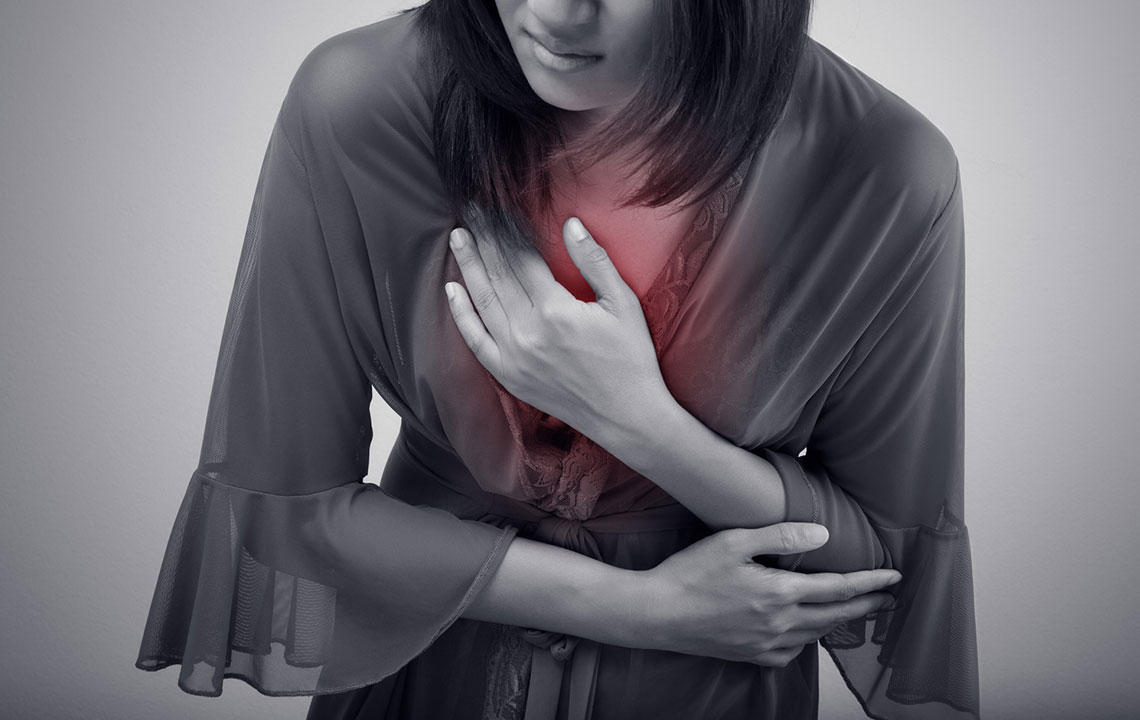Comprehensive Guide to Dark Stool Colors: Causes, Symptoms, and When to Seek Medical Help
Dark stools, often black or tar-like, can signal various health issues including dietary influences, medication side effects, or serious internal bleeding. Recognizing associated symptoms and causes helps determine when medical attention is necessary. This comprehensive guide explores the causes, symptoms, and importance of timely diagnosis for dark stool changes, emphasizing the need for prompt medical evaluation if accompanying warning signs such as pain or weakness arise.

A Complete Understanding of the Causes and Symptoms of Dark Stool Colors
Changes in stool color can serve as critical indicators of your gastrointestinal health and overall well-being. Among these, dark-colored stools, often described as black or tar-like, warrant particular attention because they may signal underlying medical conditions that require prompt diagnosis and treatment. While occasional dark stool can result from benign factors such as diet or medications, persistent or severe changes should never be overlooked. Recognizing the difference between harmless causes and signs of serious health issues is essential for maintaining optimal health.
Normal stool colors typically range from light to dark brown, reflecting a healthy digestive process involving efficient bilirubin breakdown by the liver. Variations from this normal color spectrum—such as yellowish or yellow-brown stools—may indicate problems related to fat absorption or liver function. When stools turn very dark or black, it could be due to specific foods, medications, or more alarming issues like gastrointestinal bleeding. Understanding the root causes and accompanying symptoms can help decide when it’s necessary to seek medical attention.
Dark stool, which can manifest as black or tar-like in appearance, is often caused by a combination of dietary choices, medication use, or underlying health conditions. Proper identification and understanding of these factors are critical for accurate diagnosis and effective treatment. Below, we explore the primary causes and related symptoms to watch out for:
Main Causes of Dark Stools Include:
Dietary Factors: Consuming foods rich in iron such as red meats, blackberries, blueberries, or foods with black coloring agents can temporarily darken stool appearance. Such dietary modifications are typically harmless but are important to consider when assessing the cause of dark stool.
Medications and Supplements: Iron supplements, particularly those used to treat anemia, and certain medications for diarrhea or other gastrointestinal conditions can cause stool darkening. These are often expected side effects but should be noted for proper diagnosis.
Health Conditions: Serious underlying issues can lead to dark stools, especially conditions involving bleeding in the upper gastrointestinal tract, such as stomach ulcers, gastritis, or esophageal varices. Diseases affecting digestion and absorption, including inflammatory bowel disease or liver disorders, may also contribute to changes in stool color. Constipation and other digestive disturbances might alter stool appearance as well.
Common Symptoms Associated with Dark Stools Include:
Black, tar-like appearance of stool
Experiencing constipation or irregular bowel movements
Notable changes in bowel habits or frequency
Unusual smell of feces
Decreased appetite or unexplained weight loss
Abdominal cramps, pain, or discomfort
Bloating, indigestion, or burning sensations
Monitoring stool color alongside these symptoms is vital for early detection of health issues ranging from benign dietary effects to serious internal bleeding. If you experience persistent dark stools accompanied by pain, weakness, dizziness, or other concerning signs, seeking prompt medical evaluation is crucial. Early diagnosis can be lifesaving, especially when bleeding originates from the upper gastrointestinal system.





